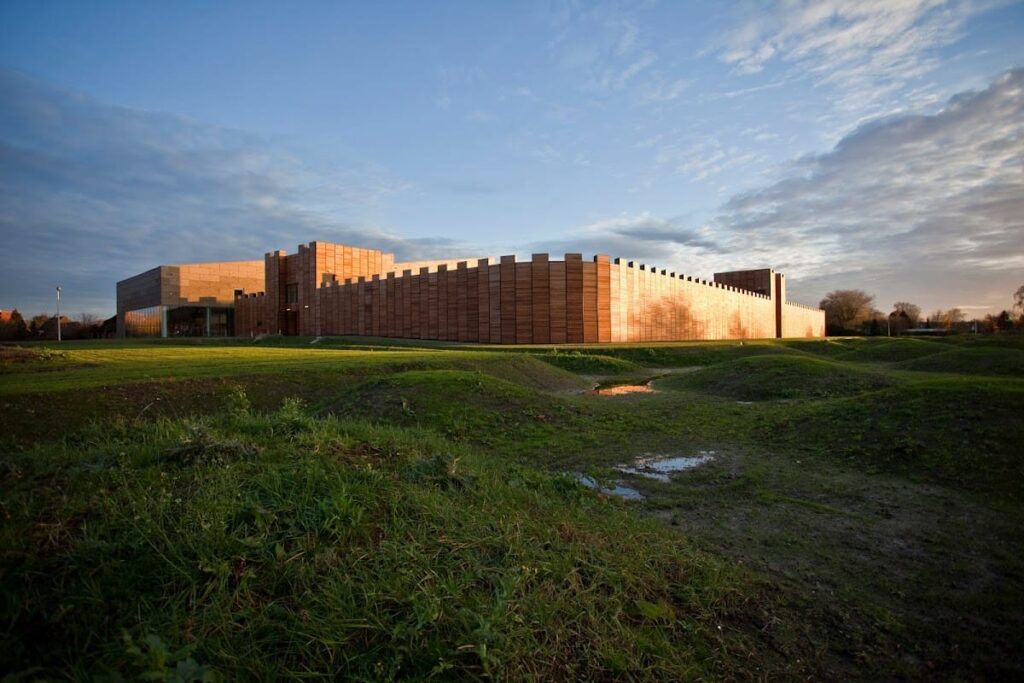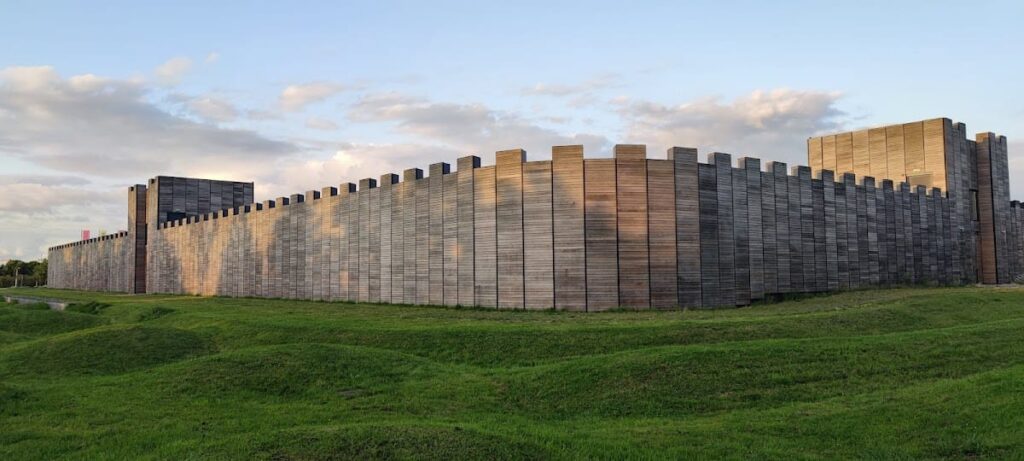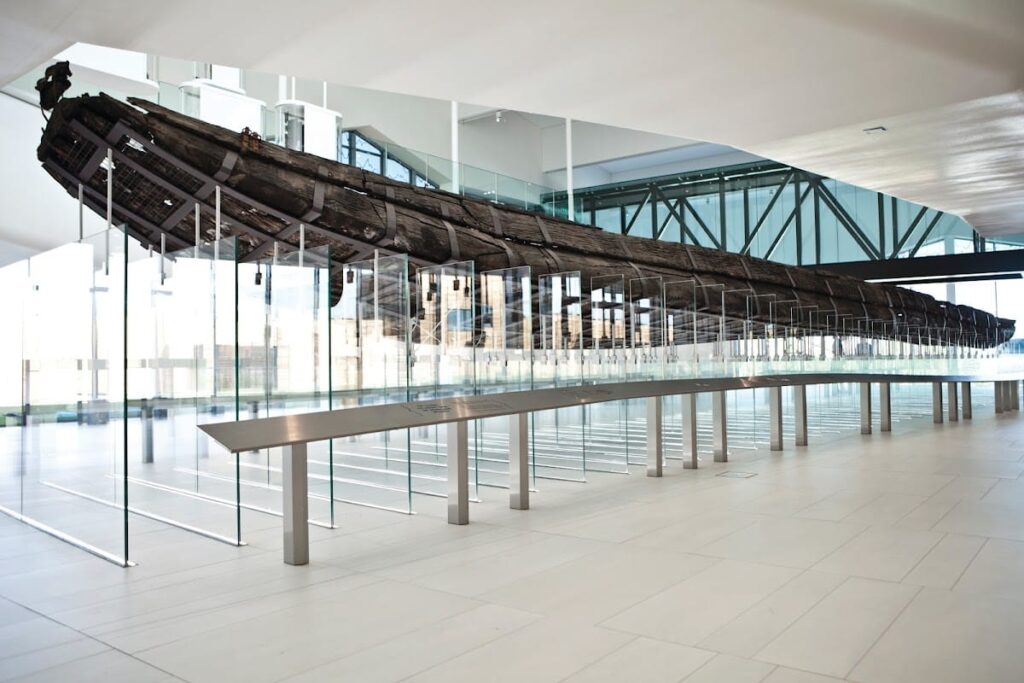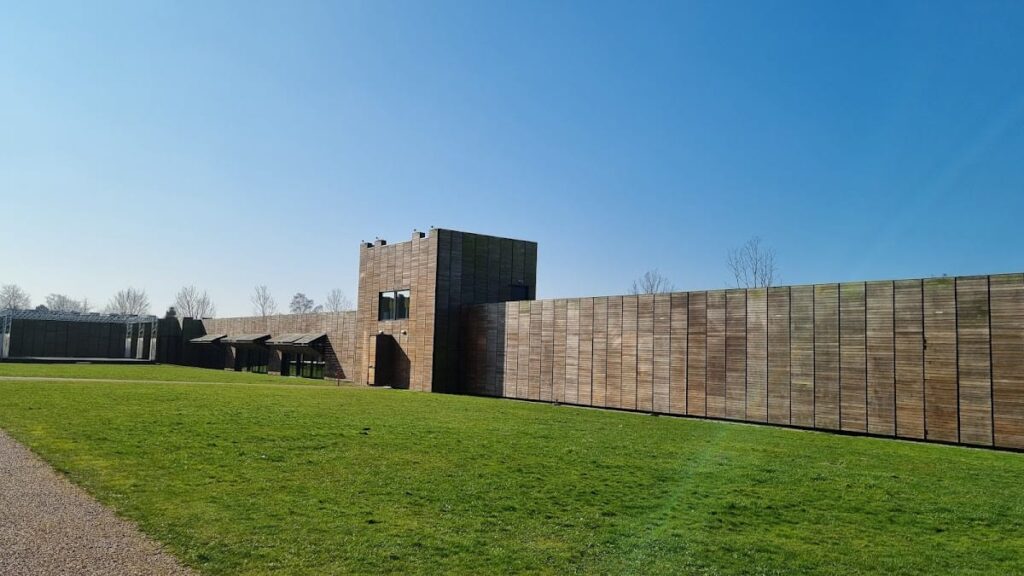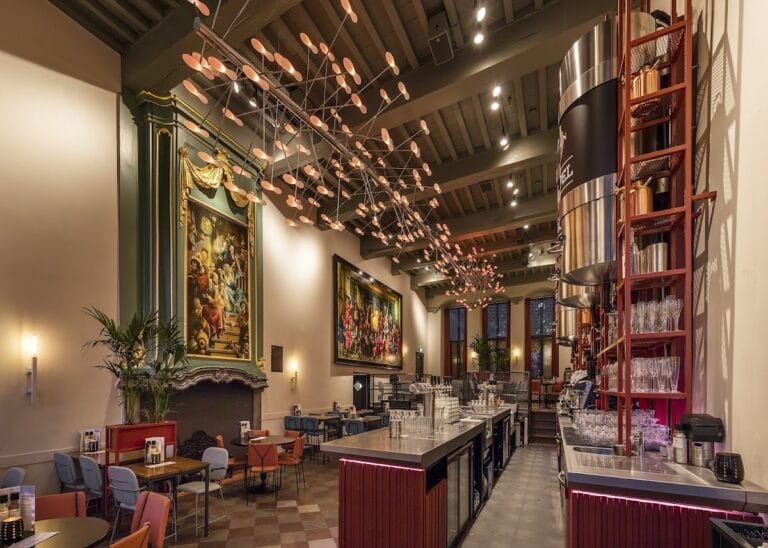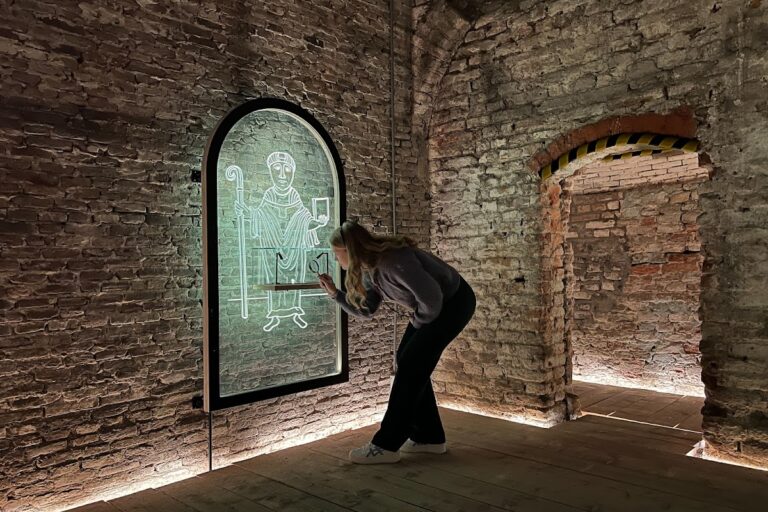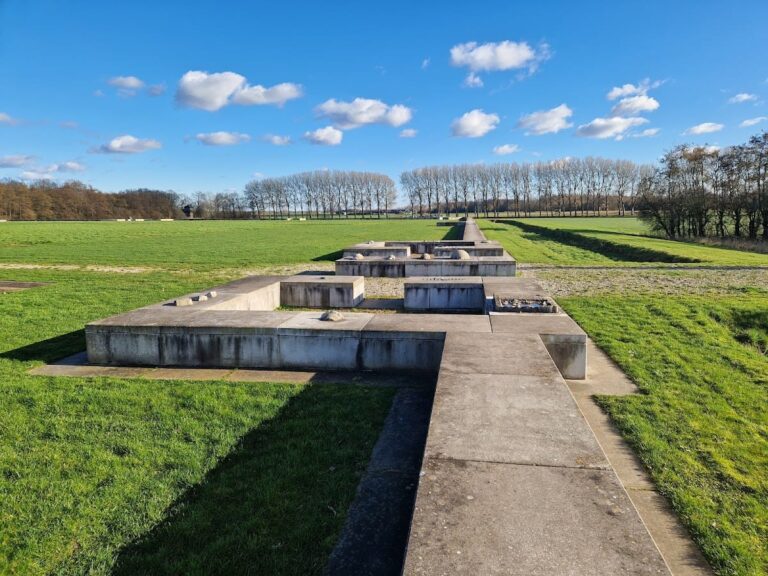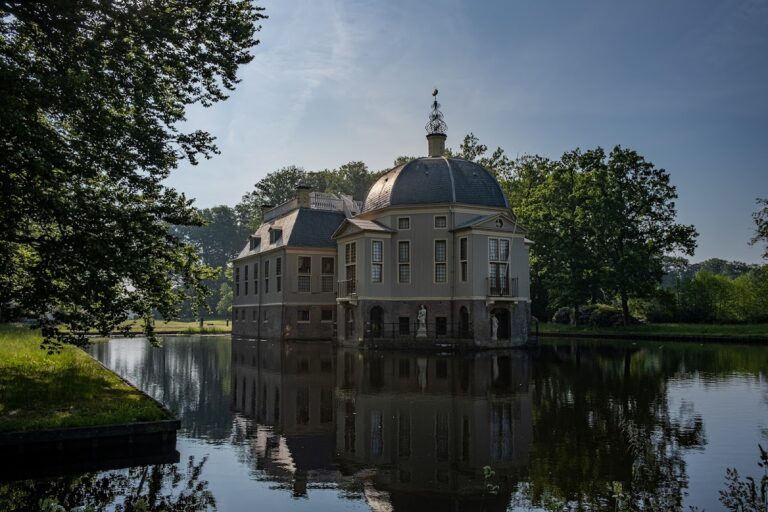Hoge Woerd Fort: A Roman Military Fortification in the Netherlands
Visitor Information
Google Rating: 4.4
Popularity: Medium
Google Maps: View on Google Maps
Official Website: www.castellumhogewoerd.nl
Country: Netherlands
Civilization: Roman
Remains: Military
History
Hoge Woerd Fort is located in Leidsche Rijn, now part of Utrecht in the Netherlands. It was originally built by the Romans as a military fortification along the northern frontier of the Roman Empire, known as the Limes. This frontier marked the boundary between Roman-controlled territory and the lands beyond the Rhine River.
The fort served primarily as a garrison town, housing Roman soldiers tasked with guarding the empire’s border. It was part of a larger system of forts and watchtowers that secured the Rhine frontier against incursions. Around 200 AD, the fort included a bathhouse, reflecting the Roman emphasis on hygiene and leisure even in military settings.
The site was eventually abandoned as the Roman Empire’s northern borders shifted, leaving behind archaeological remains that reveal its past functions. The discovery of a Roman cargo ship that sank nearby more than 1800 years ago offers unique insight into the trade and transport activities connected to the fort.
Hoge Woerd Fort and its surroundings have been recognized as part of the UNESCO World Heritage Limes.
Remains
The archaeological site of Hoge Woerd Fort covers about 10 hectares and includes the remains of a Roman military camp. The layout features defensive walls and ramparts typical of Roman forts, designed to protect the soldiers and facilities within. Roads, harbor structures, and a camp village have been uncovered, illustrating the fort’s role as a self-contained military settlement.
One of the most notable features is the bathhouse, dating from around 200 AD. Its foundations remain well-preserved beneath the site’s forecourt. Archaeological evidence shows the bathhouse had high vaulted ceilings, underfloor heating systems, and decorated walls, demonstrating Roman architectural techniques and comfort.
A reconstructed Roman watchtower stands on the site, representing the fort’s outer posts where soldiers kept watch. This structure reflects the daily military duties of the garrison and the fort’s role in border surveillance.
The site also contains burial grounds associated with the fort’s occupants. These remains provide information about the people who lived and served there.
Among the exceptional finds is the Roman cargo ship known as “De Meern 1.” Discovered in its original position, this vessel is the most complete Roman inland ship found in Northwest Europe. It was preserved with its full cargo, offering rare evidence of Roman shipbuilding and trade along inland waterways.
The museum at the site includes a special exhibition room called the “Houtkamer” or Wood Room. This space displays remarkable wooden artifacts recovered from the area, highlighting the importance of wood in Roman construction and daily life at the fort.
